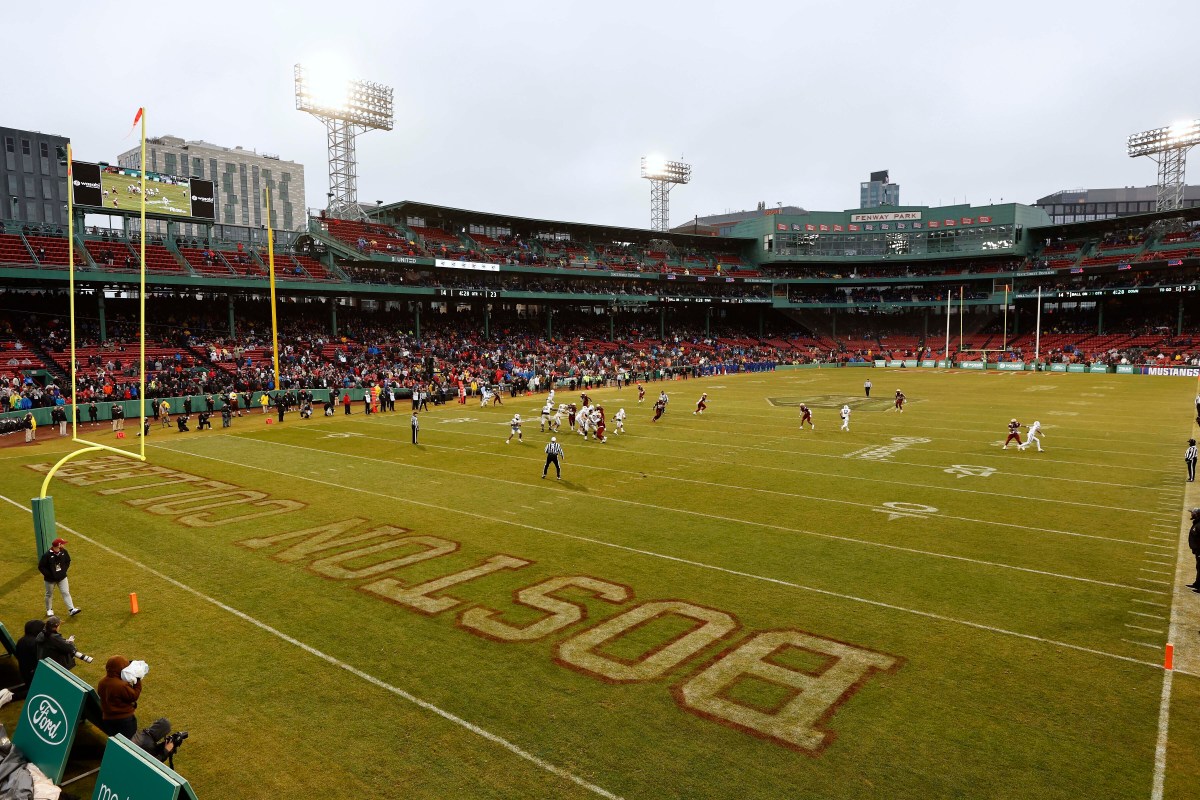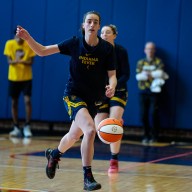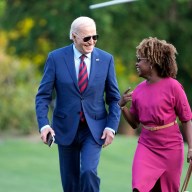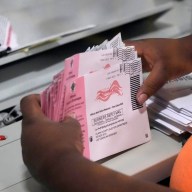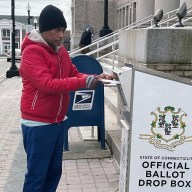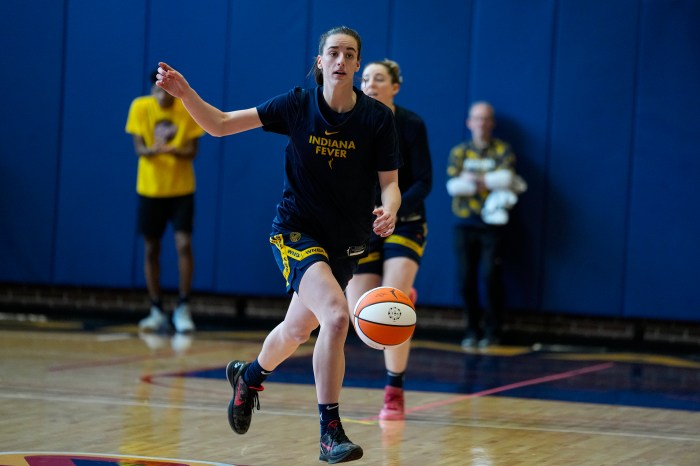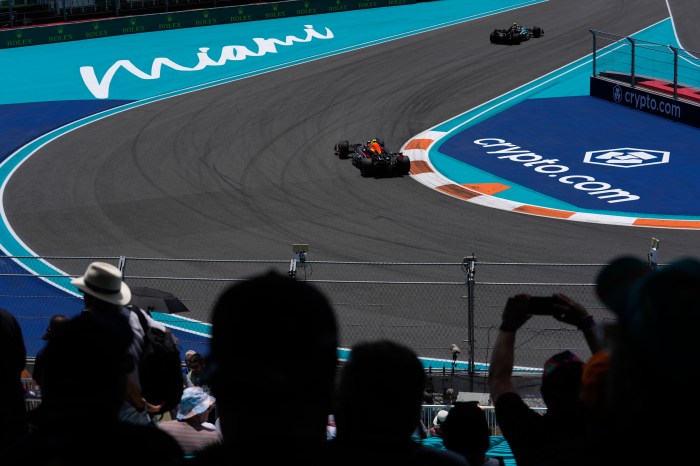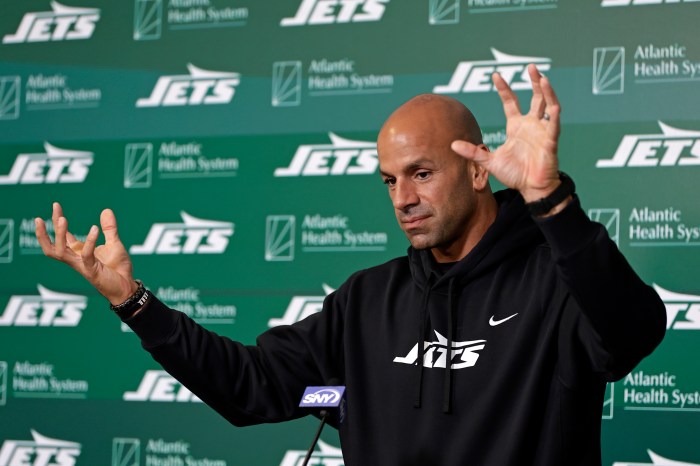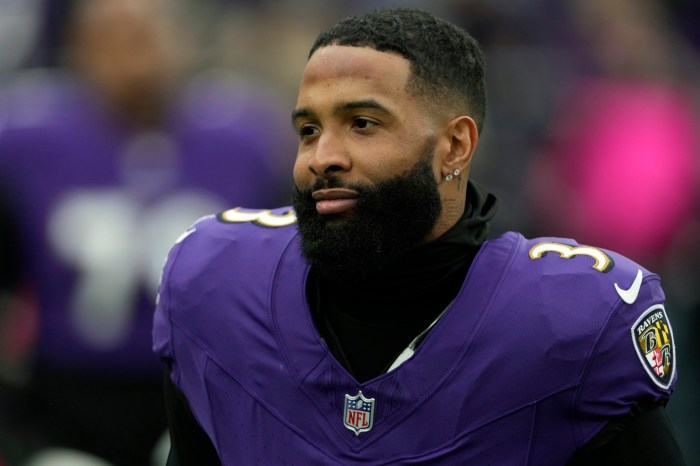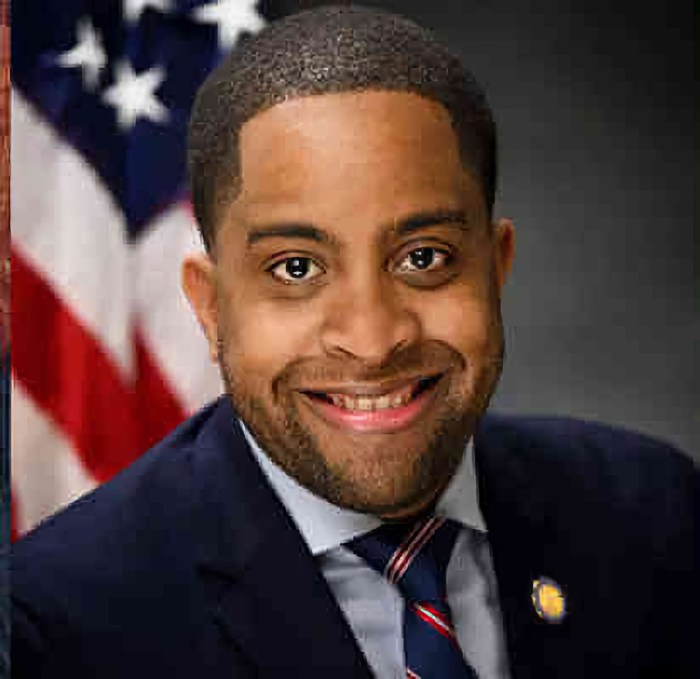SCOTTSDALE, Ariz. (AP) — The NCAA and major college conferences are considering a possible settlement of an antitrust lawsuit that could cost them billions in damages and force schools to share athletics-related revenue with their athletes.
But even if college sports leaders create a new, more professional model for collegiate athletics they likely would need help from Congress if athletes are not classified as employees.
Two people familiar with settlement discussions related to House vs. the NCAA told the AP on Friday the association could pay out $2.9 billion in damages over 10 years to resolve the class-action lawsuit — which is set to go to trial in January. Schools in the Big Ten, Big 12, Atlantic Coast Conference and Southeastern Conference could be on the hook for about $30 million per year, which would include about $20 million annually directed to their athletes.
The people spoke on condition of anonymity because settlement negotiations were not being made public, and emphasized a deal is far from finalized. Conditions of an agreement still must be approved by the NCAA board of governors and the presidential boards of each of the four conferences.
Yahoo Sports and ESPN first reported details of the potential settlement agreement.
U.S. District Judge Claudia Wilken, who already has ruled on several high-profile antitrust cases against the NCAA in the Northern District of California, ordered the sides to attempt to settle the case months ago. A more developed plan emerged from a meeting of NCAA and conference officials in Dallas last week.
Earlier this week, Big 12 Commissioner Brett Yormark declined to discuss anything related to a possible settlement or the gathering in Dallas while speaking with reporters after his conference meetings in Arizona wrapped up.
There is quiet acknowledgement among many college sports administrators that a settlement of House is the best course of action. The case, brought by former Arizona State swimmer Grant House, contends college athletes should receive a cut of the billions of dollars in media rights fees that go to the power conferences and the NCAA, dating to 2016.
The NCAA is facing several other antitrust challenges to compensation and transfer rules, but House has become a catalyst for action.
In a previous filing, attorneys for the NCAA and the conferences contend damages in House will be $1.4 billion, though in successful antitrust cases damages are tripled.
The NCAA and college sports leaders have been seeking help from Congress in the form of a federal law to regulate NIL compensation for several years, but there has been little movement on that front.
More recently the emphasis from NCAA President Charlie Baker and others has shifted to trying to prevent college athletes from being deemed employees.
Even with a settlement in House and a revenue-sharing plan, the NCAA and major conferences could still need a federal law or antitrust protection to prevent more challenges.
A separate antitrust lawsuit in Pennsylvania dealing with the employment status is also active.
“In terms of their legal options one is to go to Congress, two is to recognize the athletes as employees and enter collective bargaining agreements, the other one is to try to operate in a way that is more defensible under the law,” Tulane sports law professor Gabe Feldman said. “The door is still open to re-invent itself to either withstand litigation or gain more support for congressional intervention.”
Feldman said a federal law that denies college athletes employment status could face a court challenge without the NCAA and conferences being granted an antitrust exemption by Congress.
“It’s hard to ask Congress to protect something that so many see as exploitative,” Feldman said.
A recent ruling from an National Labor Relations Board regional director paved the way for members of the Dartmouth men’s basketball team to vote to join a union. The school is fighting that decision.
Some type of revenue-sharing agreement or substantially increased payments to college athletes on top of scholarships seems inevitable.
Baker himself proposed in December creating a new tier of Division I in which schools would be required to pay at least half their athletes $30,000 per year in trust funds. Baker also encouraged schools to bring NIL activities for athletes in-house instead of solely allowing them to work with third-party entities.
Baker’s D-I project proposal has mostly been tabled, but allowing — though not requiring — schools to pay their athletes seems closer than ever to becoming a reality.
Follow Ralph D. Russo at https://twitter.com/ralphDrussoAP and listen at http://www.appodcasts.com
AP college football: https://apnews.com/hub/college-football

